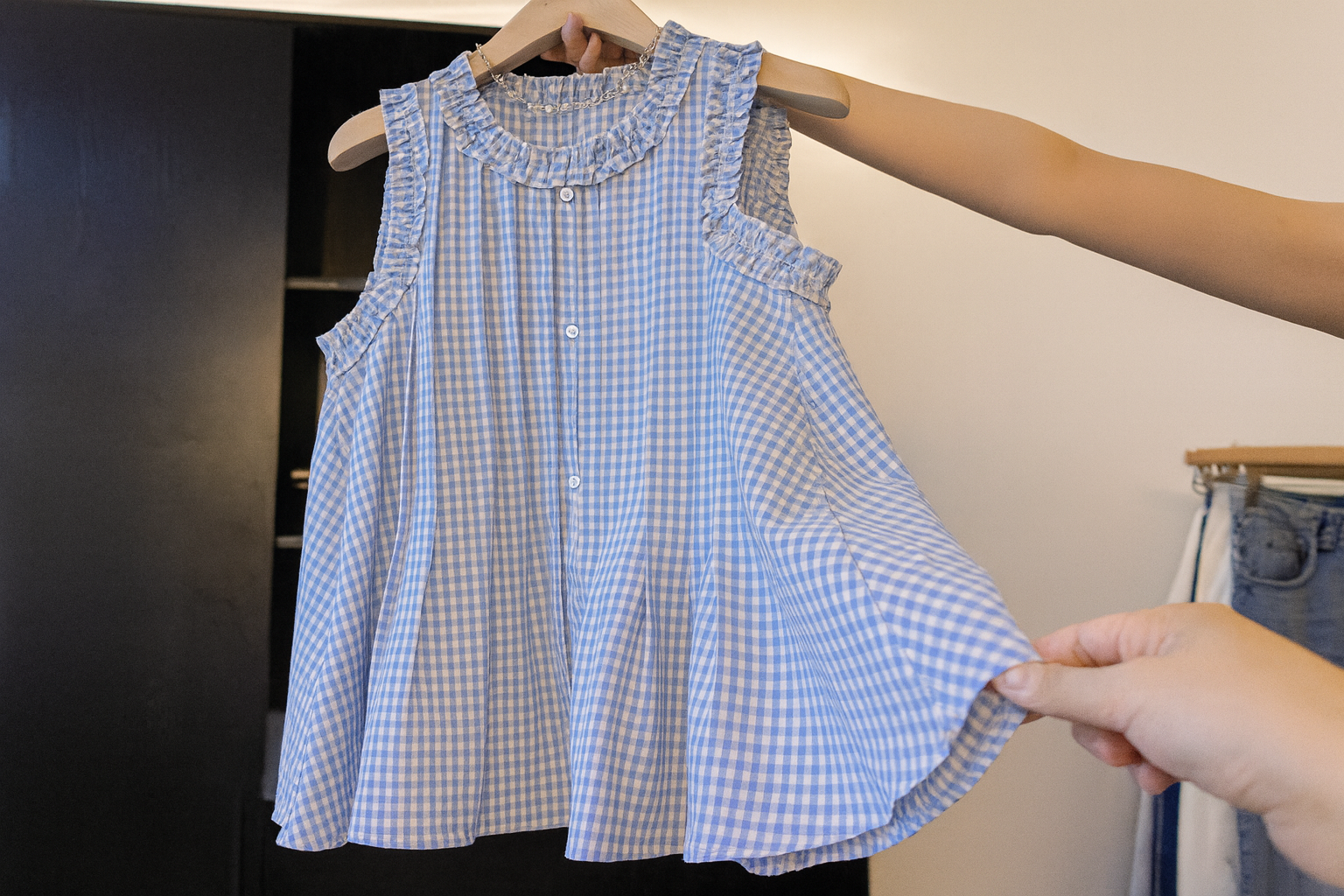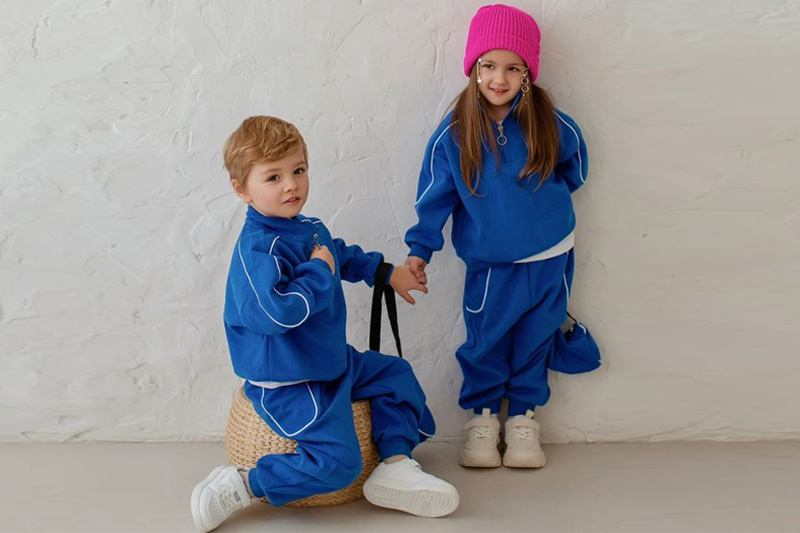If you’ve ever had to explain to a buyer why a size 5T tee fits like a 3T crop top… you know the pain. In children’s clothing, getting the size right isn't just important—it's everything. For suppliers like us, meeting EU and US sizing standards isn’t a “nice-to-have.” It’s the backbone of trust, sales, and repeat business.
Meeting American and European size standards helps suppliers reduce return rates, increase customer satisfaction, and avoid costly miscommunications. Accurate sizing ensures kidswear fits properly across diverse markets, builds brand trust, and helps suppliers stay competitive in international B2B environments. Missteps in sizing often lead to complaints, wasted inventory, and long-term damage to buyer relationships.
And let's be real: when you're shipping across oceans, the last thing you want is a box of “perfectly made but wrongly sized” returns.
How do accurate size standards impact customer satisfaction and return rates?
I remember a buyer from the U.S. once told me, “If a mom buys your product once and it fits, she’ll come back. If it doesn’t, you’ve lost her—forever.” And honestly? He was right.
Accurate sizing directly impacts satisfaction because parents expect consistency. When clothes fit as expected, returns go down and customer loyalty goes up. Especially in the EU and U.S., where online shopping is common, size mistakes often mean disappointed customers—and more returns for the brand.
Getting sizing right is like giving every buyer a smooth, stress-free experience they want to repeat.
Why is consistency in sizing crucial for building trust with international buyers?
We once had two buyers—one in Germany, one in California—order the same baby joggers. The only difference? One batch used local Chinese measurements. The result? One angry call and a canceled second order.
Consistency in sizing shows buyers that a supplier understands international standards and takes quality control seriously. When sizes are dependable across batches and seasons, international buyers feel more confident placing larger or repeat orders. It helps them avoid complaints from their own customers, which builds trust in your brand.
It’s not just about what you make—it’s about proving you can make it right every time.
What are the risks of using incorrect size specs for EU and US children’s markets?
Let’s say you ignore international size specs. No big deal, right? Well…
Using incorrect sizing can lead to bulk order cancellations, increased return rates, and damage to your buyer’s reputation. In competitive markets like Europe and North America, even one poorly fitting batch can be a dealbreaker. It’s not just about lost sales—it’s about lost trust, missed seasons, and angry customers.
What can go wrong?
Here’s a quick breakdown:
| Problem | Impact on Business |
|---|---|
| Inaccurate fit | High returns, buyer frustration |
| Misaligned size labels | Confusion for customers |
| Delayed corrections | Missed seasons, financial loss |
| Inconsistent production | Break in trust with international buyers |
Can poor sizing hurt a brand’s reputation and long-term growth?
Absolutely—and not just a little. I’ve watched brands get glowing reviews one season, and face harsh criticism the next—all because of a sizing switch that wasn’t communicated.
Inconsistent or incorrect sizing can create negative reviews, discourage repeat buyers, and cause retailers to drop your brand entirely. Over time, it damages both reputation and growth potential, especially in international markets where buyers have many options.
Let’s be honest. A “cute design” can grab attention once. But a “perfect fit” keeps the orders coming year after year.
How does aligning with European and American size charts help suppliers stay competitive?
Here’s something I’ve learned the hard way: you can’t win the trust of EU or US buyers by just offering good prices. You need to offer confidence—and that starts with correct sizing.
Following European and American size charts makes suppliers more reliable in the eyes of international buyers. It also helps them compete with established brands and stand out in crowded marketplaces like Alibaba or major trade shows.
It’s about leveling up—not just with aesthetics or materials, but with the technical basics that really matter.
Staying Competitive: Size Standards that Work
When you align your sizing to global standards, you unlock access to premium buyers. Here's how that helps:
- Fewer revisions: Buyers don’t need to “fix” your specs before ordering
- Faster approvals: Tech packs match expectations
- Better sampling results: The first sample often gets green-lit
- Higher trust: You look professional, not like a “guess and hope” factory
For example, we at Taian Lianchuang Textile Co., Ltd have adopted standard size charts for both EU and US kidswear markets. We’ve built templates that match expectations for baby, toddler, and junior categories—saving time, smoothing communication, and keeping our buyers happy.
Even small tweaks can help you avoid big headaches. Like adding an extra measurement column for “torso length” in baby bodysuits, or double-checking US 2T vs EU 92 cm conversion for toddlers. Tiny changes = fewer chargebacks.
Conclusion
Sizing isn’t just a technical detail—it’s a trust builder, a reputation keeper, and a secret to standing out in the global kidswear game. Nail it, and buyers will remember you for all the right reasons.



